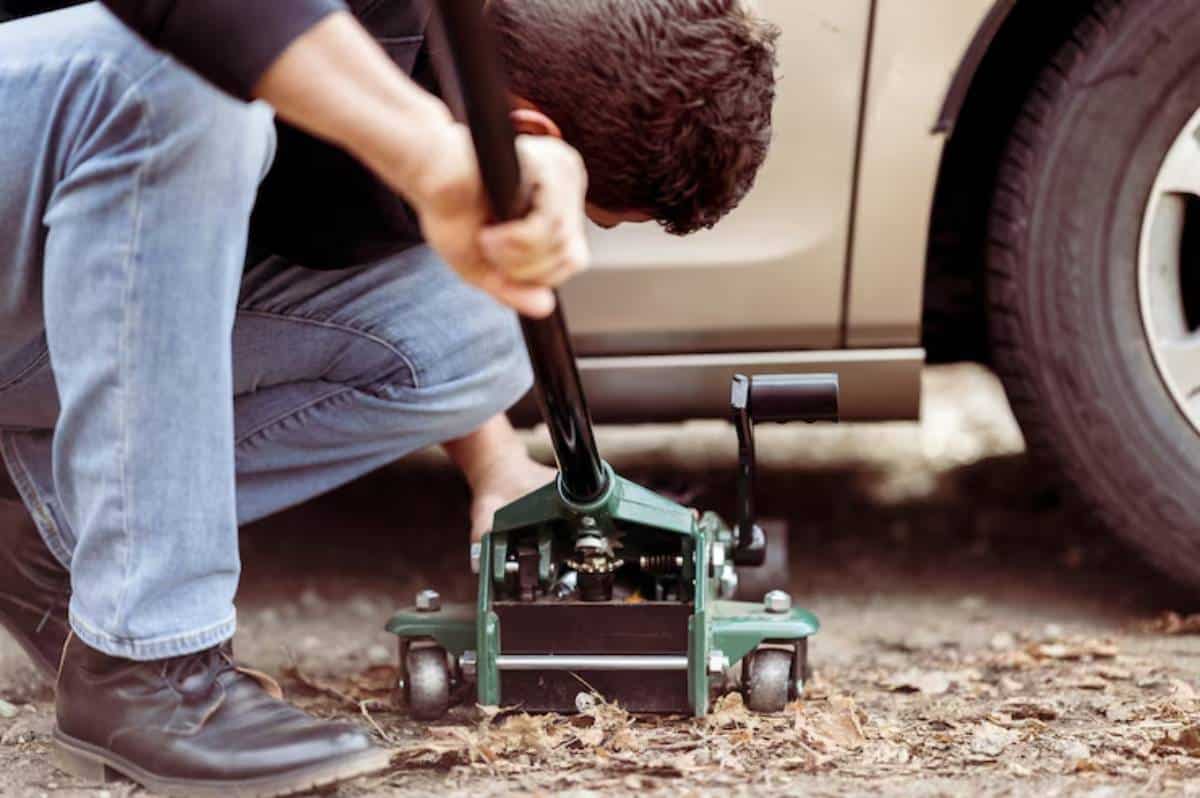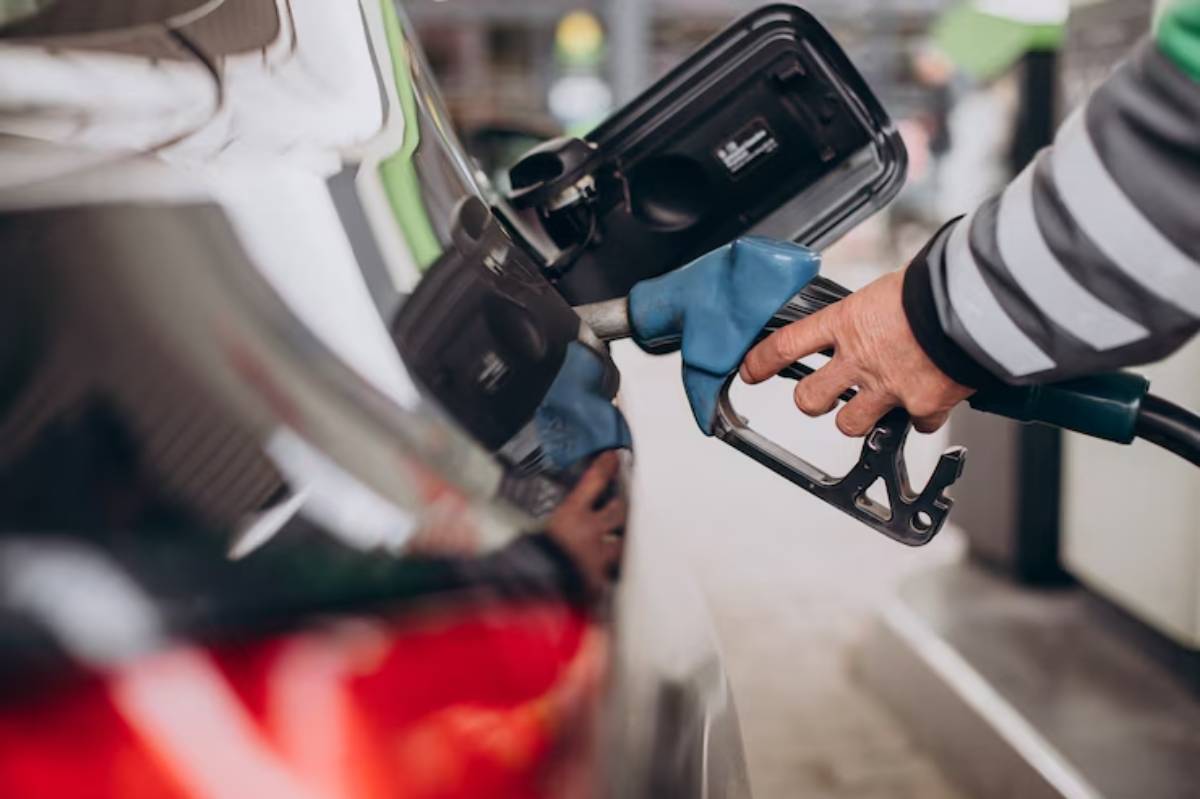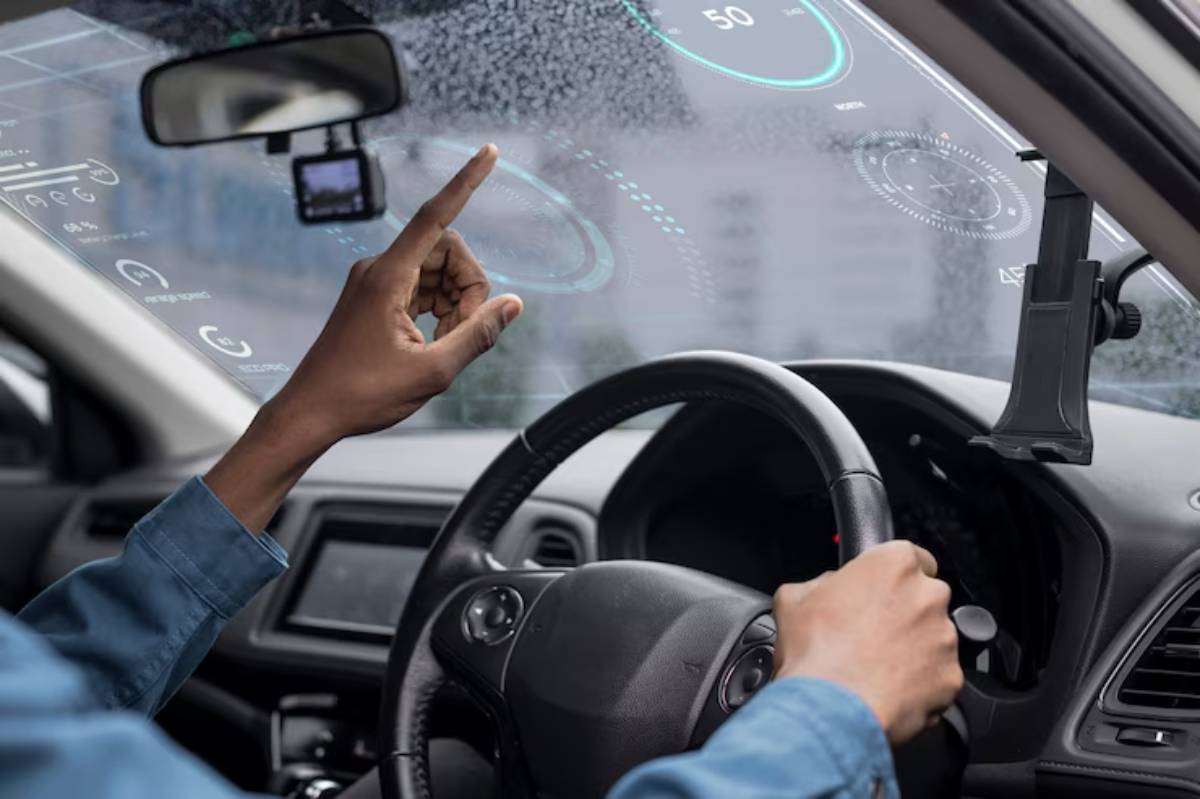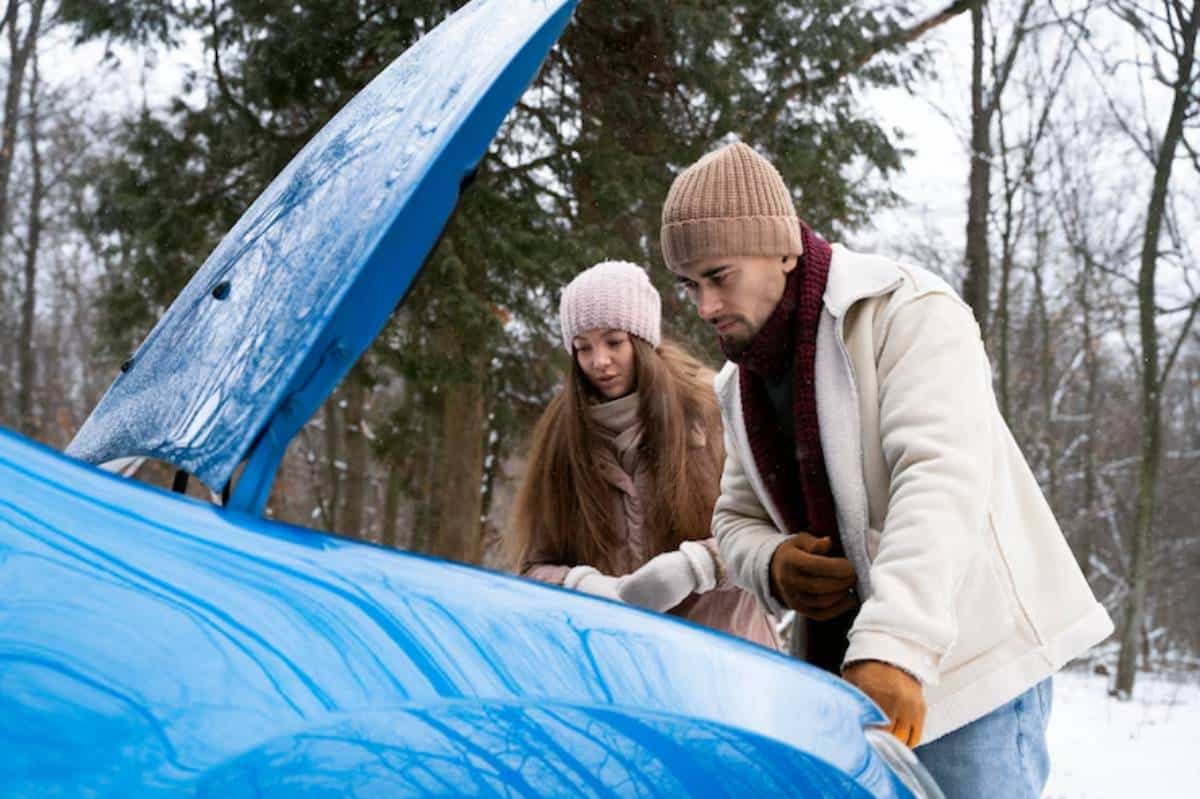
Protecting Your Undercarriage from Trail Damage
Your 4×4’s undercarriage is like its soft underbelly—packed with vital components and exposed to whatever the trail throws at it. From rocks and stumps to deep ruts and riverbeds, the threats are constant. That’s why off-road underbody armour is one of the smartest investments you can make.
A well-protected rig doesn’t just survive the trail—it thrives on it. In this guide, we’ll explore the key areas that need protection, the types of shielding available, and trail protection tips to help you drive with confidence.
Let’s get your undercarriage geared up for whatever lies ahead.
Why Undercarriage Protection Matters
Damage to your underbody can be invisible until it’s expensive. Your vehicle’s belly hides critical components.
- Engine oil pan
- Transmission case
- Transfer case
- Fuel tank
- Exhaust system
- Brake and fuel lines
One hard hit can mean a breakdown—or worse, an unsafe rig. 4×4 shielding reduces these risks and gives you the confidence to tackle tougher terrain.
What to Protect First
Not all underbody armour is equal. Prioritise the areas that are most likely to take a hit.
1. Engine & Sump Guard
Protects the oil pan and front diff from rocks and drop-offs.
2. Transmission & Transfer Case Plate
Shields your driveline from frontal or centreline impacts.
3. Fuel Tank Guard

Essential on long-distance trips—fuel tank punctures are trip-ending.
4. Exhaust Heat Shields
Avoid bent pipes and overheating from crumpled shielding.
5. Rear Diff Skid or Truss
Rear diffs are exposed when reversing over obstacles.
Some manufacturers offer full-length kits—others allow modular upgrades.
Types of Underbody Armour Materials
Choosing the right material impacts weight, strength, and cost.
Steel:
- Extremely strong and impact-resistant
- Heaviest option (adds to fuel use and suspension load)
- Ideal for hardcore rock and trail use
Aluminium:
- Lightweight and corrosion-resistant
- Easier to install solo
- Slightly less impact absorption than steel
HDPE (High-Density Polyethylene):
- Lightest and slickest surface
- Less protective, but great for gliding over mud or snow
For serious trails, start with steel or alloy. HDPE suits lighter vehicles or mild terrain.
Trail Protection Tips
Armour is important, but how you drive matters too.
Smart Driving Habits:

- Walk through technical sections before driving
- Avoid straddling sharp centreline rocks
- Use spotters on drop-offs
- Drive diagonally over obstacles to distribute weight
Equipment Tips:
- Carry a tyre deflator and pressure gauge
- Use bash plates in tandem with proper off-road bumpers
- Install a lift kit for added clearance if running heavy armour
For full bumper protection guidance, see our post on best brush guards and bumpers for trail use.
Installation Tips for Underbody Armour
Installing underbody armour is straightforward, but there are tricks to doing it right.
Key Tips:
- Use thread-locking compound on all bolts
- Torque to spec—don’t overtighten
- Check for oil drain and service access
- Retighten all bolts after the first trail session
Consider anti-rust coating or galvanised bolts to extend hardware life.
Real-World Undercarriage Damage: Case Examples
On a forest trail in central Wales, one driver without a sump guard clipped a rock ledge and cracked the oil pan—ending the trip and requiring recovery. A steel sump plate would have taken the hit.
Another overlander in Norway used full-length aluminium protection. During a riverbed crossing, large stones scraped under the rig. The plates showed dents but saved the fuel lines and transfer case from serious damage.
The common theme? Damage happens fast—protection buys you time.
Regular Maintenance and Checks
Your underbody takes abuse. Make post-trip inspections a habit.
What to Check:
- Dents or stress cracks in armour
- Rust around mounts or brackets
- Loose bolts or rattling plates
- Missing fasteners after water crossings or vibrations
Clean mud and debris often. They trap moisture and mask damage.
Conclusion: Armour Up, Drive Smart
Your undercarriage does the hard work—reward it with solid protection. Whether you’re adding a single bash plate or a full suite of off-road underbody armour, every bit reduces the risk of costly damage.
Combine smart gear with trail-wise driving, and you’ll enjoy more freedom, fewer surprises, and longer rig life.
Want to protect your entire build? Pair this advice with our post on skid plates vs rock sliders to complete your 4×4 armour setup.


